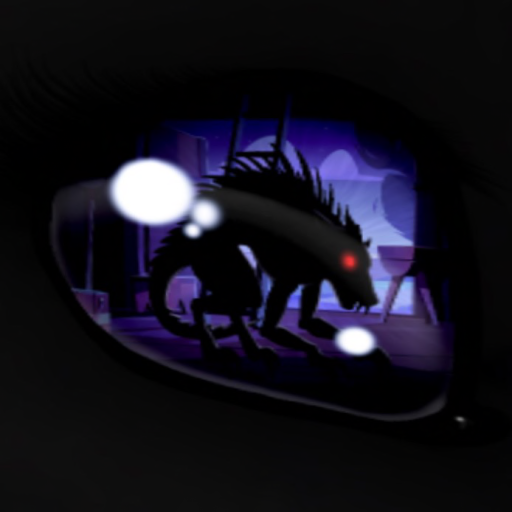In the mid-1990s, a chilling legend began to spread across the rural landscapes of Puerto Rico, igniting fear and fascination in equal measure. Livestock, primarily goats, were found dead with their blood mysteriously drained, and rumors soon emerged about a terrifying creature responsible for the carnage. The beast was quickly dubbed "El Chupacabras," which translates to "goat-sucker" in Spanish. What began as a localized phenomenon rapidly became one of the most enduring and widespread cryptid myths of modern times.
Origins and Early Sightings
The first reported sighting of the Chupacabras occurred in 1995 in the small town of Canóvanas, Puerto Rico. A farmer discovered several of his goats dead, each with puncture wounds on their necks and their bodies seemingly drained of blood. Shortly after, a woman named Madelyne Tolentino reported seeing a strange creature near the site of one of the attacks. Tolentino described it as a small, bipedal figure with large eyes, spikes running down its back, and a menacing appearance.
Her description quickly circulated through the media, and other reports of similar livestock killings began to emerge throughout Puerto Rico and neighboring regions. The creature was said to be about three to four feet tall, with gray or green skin, and capable of leaping great distances—characteristics that only fueled the growing hysteria.
The Spread of the Legend
From its origins in Puerto Rico, the Chupacabras legend soon spread to other parts of Latin America and beyond. Throughout the late 1990s and early 2000s, reports of Chupacabras sightings and attacks poured in from Mexico, the United States, and even as far away as Russia and the Philippines. Each region added twists to the myth, with some describing the creature as more reptilian, while others portrayed it as a mutant coyote or even an alien.
In Mexico and parts of the southwestern United States, the legend of the Chupacabras took on particular resonance, blending with existing folklore about blood-sucking creatures and the supernatural. The mass media played a significant role in amplifying these stories, with sensational headlines and television programs dedicating airtime to purported sightings and expert analyses.
Debunking the Myth
Despite the widespread panic and numerous eyewitness accounts, scientific investigations into the Chupacabras phenomenon have consistently debunked the existence of such a creature. Biologists and veterinarians who examined the bodies of animals allegedly killed by the Chupacabras found that the puncture wounds were often consistent with attacks by common predators like dogs, coyotes, or raccoons. The drained blood, it turned out, was often the result of post-mortem blood pooling rather than any deliberate extraction.
In many cases, supposed Chupacabras sightings were linked to animals suffering from severe mange, a skin disease caused by mites that can lead to hair loss, thickened skin, and a grotesque appearance. These mangy coyotes, raccoons, or other animals likely accounted for many of the sightings, as their unusual appearance and behavior in their weakened state could easily be mistaken for something otherworldly.
Cultural Impact
Regardless of the scientific explanations, the Chupacabras myth has left an indelible mark on popular culture. The creature has been featured in countless books, movies, TV shows, and even video games, often depicted as a fearsome and elusive predator. In some communities, the Chupacabras has taken on a folkloric role, a modern-day boogeyman that embodies fears about the unknown and the dangers lurking in the wilderness.
In recent years, the Chupacabras has also become a symbol of the power of media in shaping public perception and how folklore can adapt and evolve in the digital age. What started as a localized mystery has become a global phenomenon, showing how quickly myths can spread and take root in the collective imagination.
The Chupacabras may not exist in the physical world, but it is a cultural icon that continues to thrive, reminding us of the enduring human fascination with monsters and the mysteries that lie
beyond our understanding.



Recommended Comments
There are no comments to display.